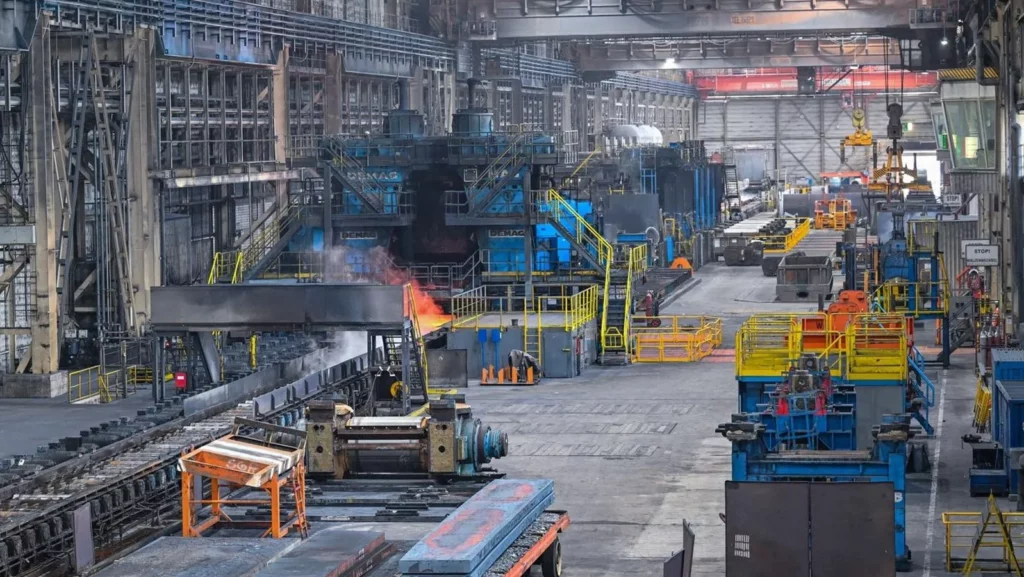
Decarbonizing the industrial sector: can AI catalyze global progress?
The urgent need to decarbonize the industrial sector has become increasingly apparent in the face of catastrophic climate change. According to the Intergovernmental Panel on Climate Change (IPCC), reducing global greenhouse gas emissions by 43% and 60% by 2030 and 2035, respectively, is crucial for limiting warming below 1.5°C. While renewable energy and grid electrification serve as viable pathways for decarbonizing the transportation and building sectors, addressing hard-to-abate industrial subsectors like steel, cement, chemicals, aluminum, and other high-emission industries presents a more complex challenge.
Advances in artificial intelligence (AI) offer promising solutions to mitigate these emissions. AI can optimize process parameters such as flame shape, temperature distribution, fuel feed rates, and oxygen levels across the cement, chemical, and metal industries. For instance, Imubit’s advanced control systems can monitor and adjust combustion settings in real-time to maintain optimal conditions, resulting in a 5-10% energy efficiency gain and a corresponding reduction of CO₂ emissions.
Moreover, AI can fine-tune variables such as primary and secondary airflows, burner angles, and fuel injection rates with greater speed and precision than human operators. This eliminates the need to run kilns at high temperatures, thereby boosting downstream productivity by 3-8% and ultimately reducing carbon-intensive clinker production. By stabilizing clinker quality, operators can then substitute some of this material with supplementary cementitious materials like slag or fly ash, thus decreasing fuel consumption and emissions.
Steel production is another area where AI-driven innovations are being developed. Companies like ArcelorMittal have already harnessed machine-learning models to optimize hot-dip galvanizing lines and achieve energy savings of $1 million annually. Additionally, predictive maintenance platforms can be deployed to forecast failures with near-perfect accuracy, thereby eliminating unplanned shutdowns and enabling furnaces to operate closer to their optimal temperatures, ultimately reducing waste and extending asset life.
Despite the potential AI has in accelerating decarbonization through emerging “cleanAI” applications, it is essential to address concerns about its energy demands. The increasing use of AI will only shift emissions from factories to servers if computing infrastructure is not built on low-carbon power sources. Nevertheless, clean computing infrastructure and innovative AI applications can work together to accelerate the decarbonization process.
A coordinated approach is necessary to scale industrial decarbonization efforts globally. This includes developing a cleanAI-driven cluster strategy that co-locates industries, AI companies, clean-energy infrastructure, and research institutions in the same region. Such proximity enables shared renewable energy sources, joint R&D on AI applications, and coordinated workforce training.
In conclusion, AI presents an opportunity to enable industrial transformation alongside breakthrough technologies like clean hydrogen and carbon capture.
Source: www.forbes.com


